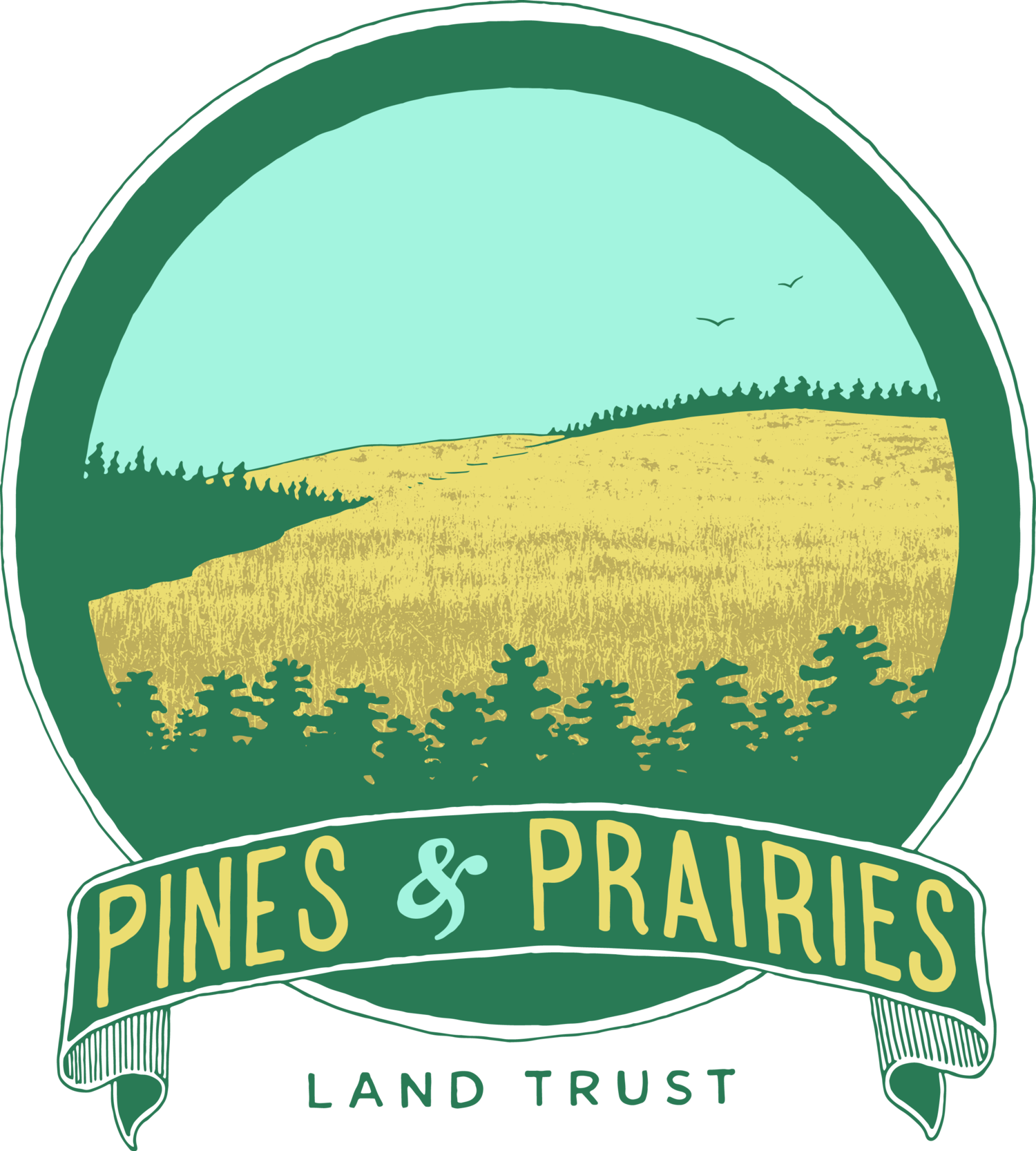By Melanie Pavlas
I always thought of birders as these super nerds that I would have nothing in common with (as I rolled my eyes). That was until I got my first job after completing my degree in environmental biology. I had no experience identifying birds (I only knew of the brown, red and blue birds from my backyard growing up in East Austin), but a wildlife consulting firm was desperate to replace a birder in mid-survey season so they took a chance on me. I only had a couple weeks to binge study the local birds and I continued studying them as I was conducting baseline bird surveys in cotton fields in and around College Station (I lived in a small apartment above a tattoo parlor, but that’s a story for another time). Despite having to get up before dawn and drive to remote fields in the dark with only written directions describing which grain tower to turn at, walking through cotton plants up to my armpits, regularly stopped by trains that were unloading supplies (with no way around them), getting the company truck stuck in the mud and nearly being sprayed by a dust cropper, I fell in love with birds and found myself birding on my days off as well.
I then ended up working for Travis County Parks where I was first trained to survey endangered songbirds (even at Hippie Hollow, but that’s yet another story for another time). I spent the next 23 years working for different organizations, specializing in territory mapping, habitat assessments and restoration, and protection of endangered species from West Texas to the Gulf Coast, before landing my job at Pines and Prairies Land Trust. During that time, I had the pleasure of helping staff the first ever Great Texas Birding Classic, conducting vegetation and bird surveys at a military camp during one of the hottest summers on record (while dodging bullets being unaware of certain buried explosives and one time, being tracked by military helicopters) and spending countless hours by myself hiking along the canyons, hills, creeks, grottos and at times, solid stands of Ashe Juniper “chasing” birds, rare salamanders and endangered plants.
During that first job surveying birds I was able to apply what I learned in college about birds being indicator species of environmental health. Birds are sensitive to changes in their ecosystems and will “tell” us when things are changing – for the good or bad. Biologists can track changes in their ranges, diversity and numbers to learn about habitat degradation or improvement, effects of climate change and many other impacts to our world. Many times, anyone with solid birding skills can help with these studies and contribute themselves. Biologists and land managers can use birds as a tool for targeted habitat restoration as they are an “umbrella” species, meaning if you manage for native birds (or rare species in general), you are managing for all species utilizing that ecosystem.
I am proud to have started breeding and wintering point count surveys on all PPLT preserves. These surveys are conducted by a trustworthy threesome I lovingly call “The Bird Nerds.” While surveys are often hard work, these ladies truly find joy in them and their skills are hard to match.
Birds are also a gateway into developing a caring spirit for the land and our environment; I’ve witnessed it many times. After a landowner who had little interest in conservation is introduced to birding for the first time on his or her property, hearing their unique songs and studying their delicate features through binoculars, they can quickly evolve into a naturalist and teacher.
I think what makes birds so special- their unassuming stature, sweet songs and the incredible details in their feathers, colors and physical features- really hits home with people. The amazing things birds can do (like fly nonstop across the Gulf) and still be so incredibly delicate make them superstars that can connect people from all generations, beliefs and socio-economic backgrounds.
Watching birds is something we can all do, even from inside our homes. We can find joy in feeding birds, watching them nest and rear their young, learning their songs or simply sitting quietly and listening to them chat. Identifying birds by their songs and calls is like learning a new language, but to me is so important because you can hear many more birds than you’ll ever see. Listening to birds singing is a whole other wonderful experience that for me, brings the same benefits as meditating.
We can't wait to spread the joy of birding with our community through our guided birding hikes once we can safely resume group activities. Our preserves, after all, are also for the birds!
Happy Birding from PPLT’s Head Bird Nerd,
Melanie Pavlas
Executive Director
Melanie Pavlas in the field ready to bird!





